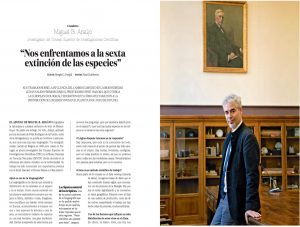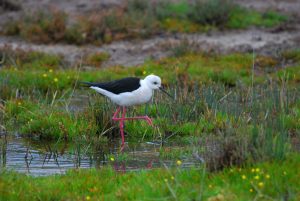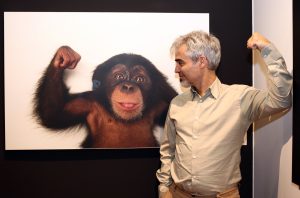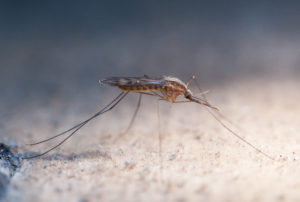Interview to Club Renfe (in Spanish) . . . [ Read More ]
Interview to Jornal de Negócios
Click in the images to read (in Portuguese). . . . [ Read More ]
Interview in TV programme: “Filhos da Nação”
The full interview of Miguel Araújo to the Portuguese RTP TV programme: Filhos da Nação. To watch the video click here. https://www.rtp.pt/play/p5487/e390979/filhos-da-nacao?fbclid=IwAR3mcKgAoVU5-4Tfswht1LtPltsgZ9S4R94ixAR7SBsMJAUUnTau4xyUxzM . . . [ Read More ]
Interview in El Mundo
'Las playas del Mediterráneo pasarán a ser destinos de invierno porque el calor será insoportable' Read interview here. . . . [ Read More ]
Standards for distribution models in biodiversity assessments
https://youtu.be/iS31WaKMW_Y Would you have your cancer treatment be defined by one doctor supported by the opinion of two additional referees? Surely, you would hope the treatment to follow best practice standards reached by consensus among several doctors working in the field. Surprisingly, no such standards exist in models entering biodiversity assessments, but we now provide such . . . [ Read More ]
Interview in “20minutos”
Recent interview in the Spanish newspaper: "20minutos" . . . [ Read More ]
Interview to The Cult: “Nuestra actividad económica y nuestra propia existencia dependen de la biodiversidad”
I leave you with my recent "in depth" interview to the magazine "The Cult" dealing with various issues of biogeography, global change, environmental management, science funding, etc. Bit thank to the journalist Guzmán Urrero for his professionalism. The interview is in Spanish and can be read here. . . . [ Read More ]
Networks of global bird invasion altered by regional trade ban
In 2005, the European Union imposed a ban in trade of wild exotic species as part of a package to control the sprea d of avian flu into the Continent. In a paper published in Science Advances we demonstrate that the ban reduced fluxes of trade in about 90%, from 1.3 million to 130 thousand birds traded. This mighty achievement had non predicted consequences: the market adjusted and new . . . [ Read More ]
Species on the move will change everything
Climate change is causing geographical redistribution of plant and animal species globally. These distributional shifts are leading to new ecosystems and ecological communities, changes that will affect human society. In a recent article published in Science, we review current and future impacts and assess their implications for sustainable development goals. Access to the original article . . . [ Read More ]
New tools for spatial conservation under climate change
Climate change can drive species out of protected areas thus creating new challenges for conservation planning that typically assumes species distributions to remain static once they are protected. Researchers in the lab have been at the forefront of spatial conservation planning, particularly by providing assessments of climate change effects on protected areas (e.g., here, here, and here) and by . . . [ Read More ]







